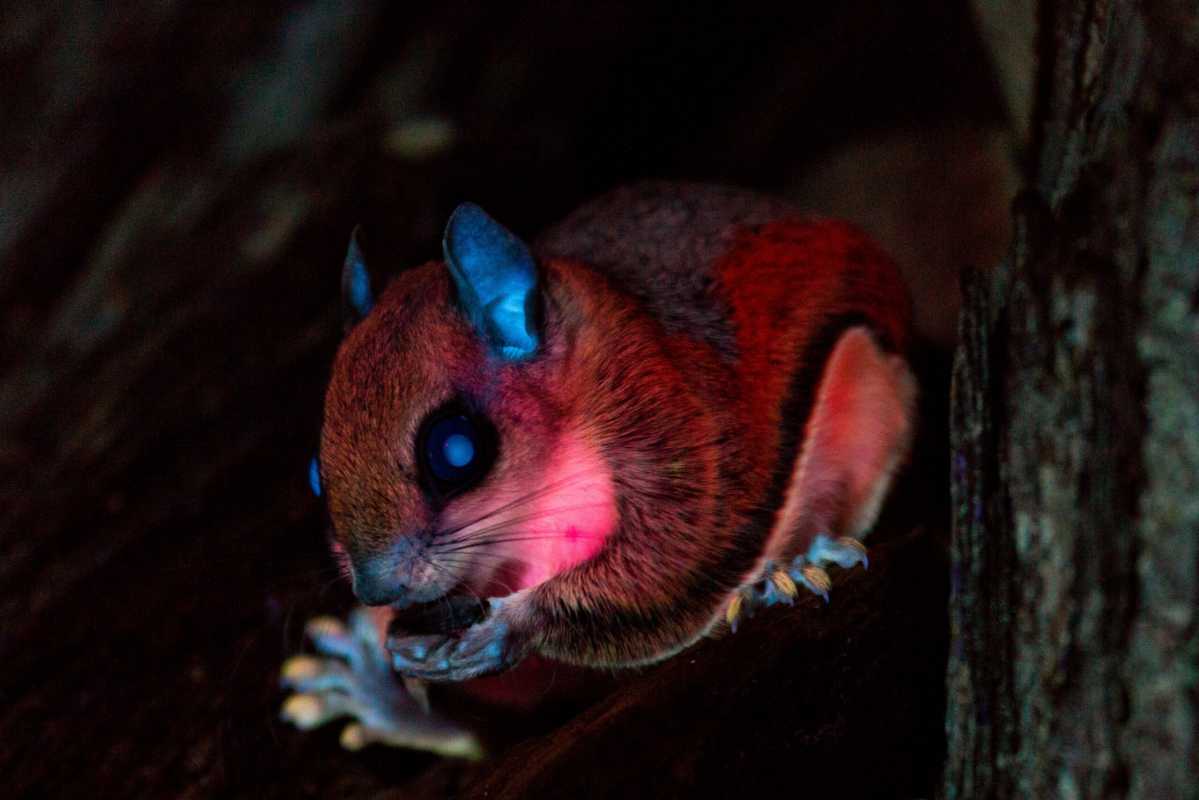News
Scientists Discover New Species of Flying Squirrels in Amazon Rainforest

In a groundbreaking discovery, scientists have unearthed a new species of flying squirrels in the depths of the Amazon rainforest. This extraordinary finding has sent shockwaves through the scientific community and opened up new avenues for research and conservation.
The team of scientists, led by renowned biologist Dr. Maria Rodriguez, embarked on a month-long expedition to the heart of the Amazon. Armed with high-tech equipment and an unwavering determination, they braved the dense jungles and unpredictable weather conditions in search of unknown species.
After weeks of relentless exploration, the scientists stumbled upon an intriguing creature that defied all expectations. With its vibrant orange fur and remarkable gliding abilities, the newfound squirrel species stands out as a true marvel of evolution.
Dr. Rodriguez and her team carefully studied the behavior and habitat of these flying squirrels to gain a deeper understanding of their unique adaptations. Their findings shed light on the intricacies of the rainforest ecosystem and emphasize the need for its protection.
This discovery comes at a crucial time when the Amazon rainforest faces unprecedented threats from deforestation and climate change. The presence of a previously unknown species highlights the importance of preserving these fragile habitats and underscores the urgency for global conservation efforts.
The scientific community is buzzing with excitement as this finding redefines our understanding of biodiversity in the Amazon. The newly discovered flying squirrels have been named Pteromys amazonensis, paying homage to their habitat and the indigenous communities that call the rainforest home.
As the world marvels at this remarkable discovery, scientists are already planning future expeditions to uncover more secrets hidden within the vast expanse of the Amazon rainforest. The pursuit of knowledge and the preservation of our planet’s natural wonders continue to inspire and drive the scientific community forward.












